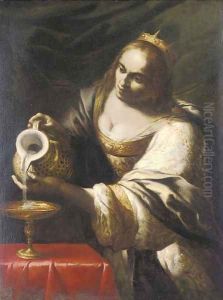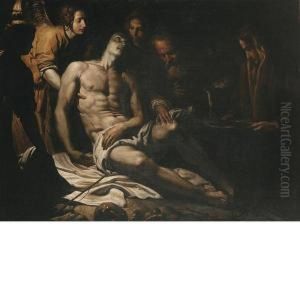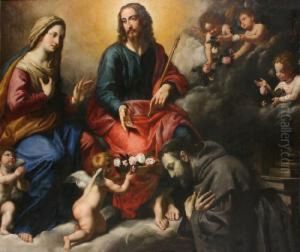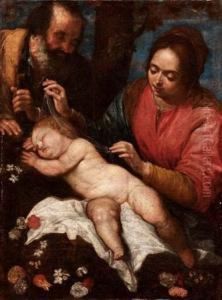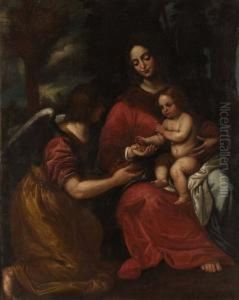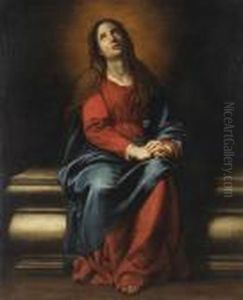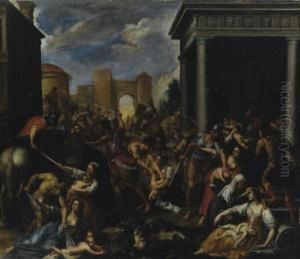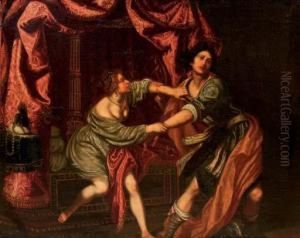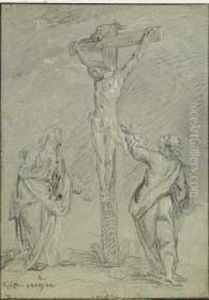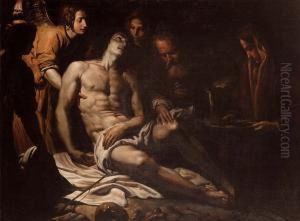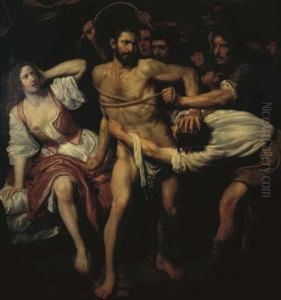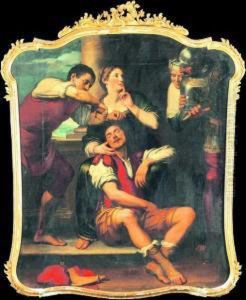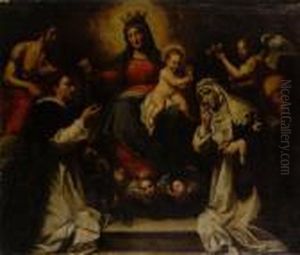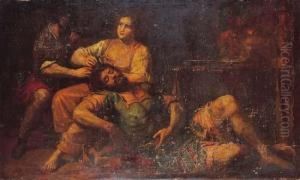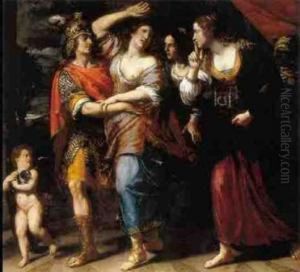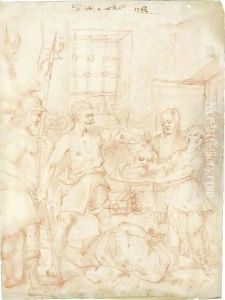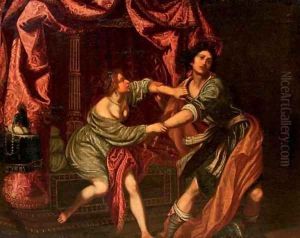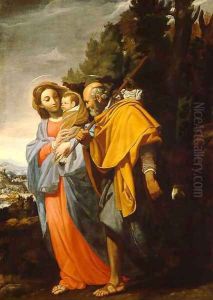Domenico Fiasella Paintings
Domenico Fiasella, also known as Il Sarzana after his birthplace, was an Italian painter of the Baroque period. Born in Sarzana, Liguria in 1589, he began his artistic training in his hometown. He later moved to Rome, where he was influenced by the works of Caravaggio and his followers. Fiasella's early works demonstrate the chiaroscuro technique, characterized by strong contrasts between light and dark, which was popularized by Caravaggio.
After spending time in Rome, Fiasella returned to Liguria, where he became a leading painter in the Genoese art scene. Throughout his career, he worked on numerous commissions for churches and noble families in Genoa and its surrounding areas. His works include altarpieces, frescoes, and devotional paintings, which often featured religious subjects and were noted for their dramatic intensity and emotional realism.
Fiasella's style evolved over the years, showing the influence of other contemporary artists such as Guido Reni and Anthony van Dyck, who spent time in Genoa. Fiasella's later paintings are characterized by softer color palettes and more graceful figures, reflecting the influence of these artists and the overall transition from the early to high Baroque style.
Despite his success, Fiasella's work was somewhat overshadowed by the more famous Genoese artists of the time, such as Bernardo Strozzi and Giovanni Benedetto Castiglione. However, his contribution to the Ligurian and Italian Baroque is significant, and his paintings can still be seen in many churches and museums in Italy.
Fiasella continued to paint until his death in 1669. His legacy includes not only his artwork but also his influence on other artists in the region, as he was a respected master who trained several notable painters of the next generation.
